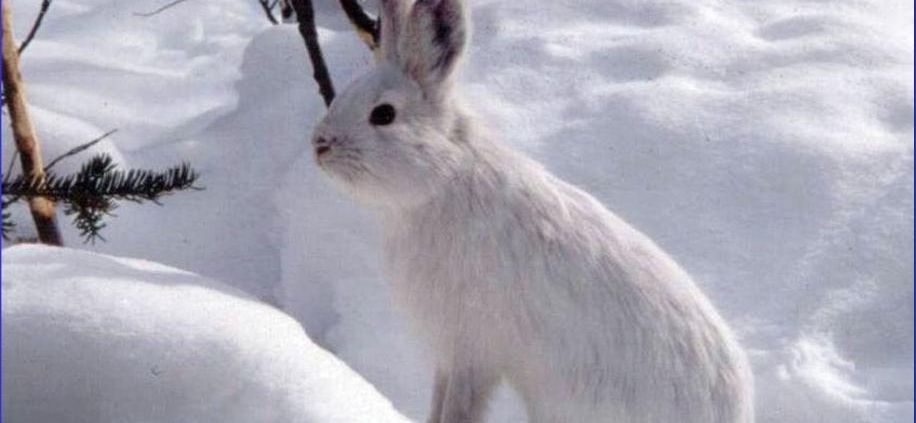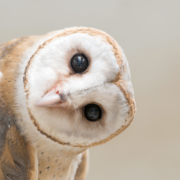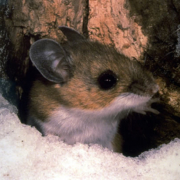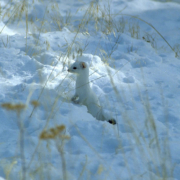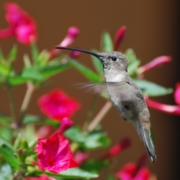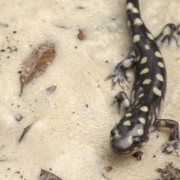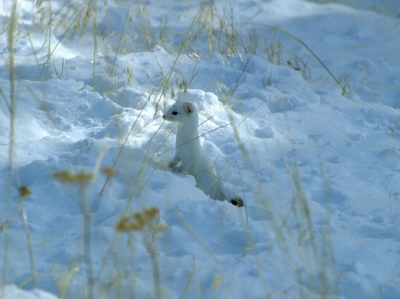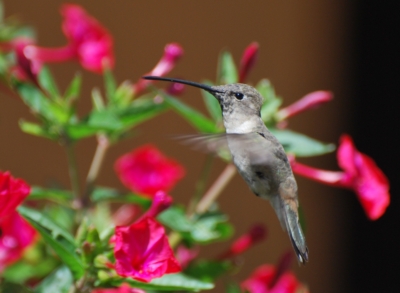Wildlife in Winter: Now You See Me…
It just snowed (again) out here on the East Coast, so it seems only fitting that I wrap up our “Wildlife in Winter” blog series by talking about how some animals camouflage themselves in the winter to blend in with snow.
In the warm months, species like the snowshoe hare sport a brown fur coat that helps them to easily blend in with the bare ground, making it harder for predators to spot them from far away. In the winter, however, their brown fur would be highly visible against the white snow, making them vulnerable to predation or more visible to their potential prey.
The solution? Change the color of their fur!
Obviously, animals can’t go to a hair salon for a dye job like you or I can. So a number of mammals shed their brown summer coat and replace it with a thick coat of white or mostly-white fur that blends in well with snow. This is most common in more northern latitudes where snow is on the ground throughout the winter.
The ermine – which I wrote about a couple of weeks ago – is a great example of a mammal that goes white in the winter to both avoid detection by its prey under the snow, as well as avoid detection by larger predators like hawks. Other mammals that grow white fur for the winter include the arctic fox, arctic hare, and snowshoe hare.
Similarly, some birds such as the ptarmigan also molt their darker summer plumage in favor of white feathers each winter.
Do you have any animals on your land that change their fur or plumage to blend in with the snow each winter? We’d love to hear your stories or see links to photos you took in the comments below!
